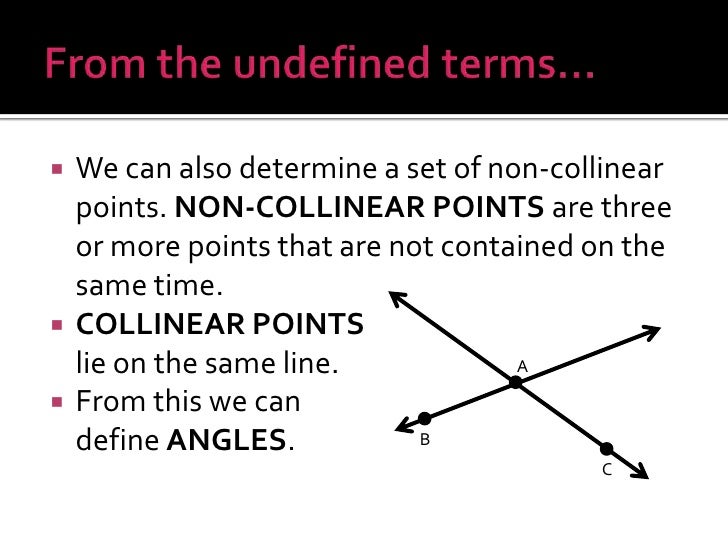


That is, in some neighborhood, x is the one and only point at which f' has a (local) minimum or maximum.

(this is not the same as saying that f has an extremum). įor example, the graph of the differentiable function has an inflection point at ( x, f( x)) if and only if its first derivative f' has an isolated extremum at x. Inflection points in differential geometry are the points of the curve where the curvature changes its sign. In algebraic geometry an inflection point is defined slightly more generally, as a regular point where the tangent meets the curve to order at least 3, and an undulation point or hyperflex is defined as a point where the tangent meets the curve to order at least 4. A point where the second derivative vanishes but does not change its sign is sometimes called a point of undulation or undulation point. In particular, in the case of the graph of a function, it is a point where the function changes from being concave (concave downward) to convex (concave upward), or vice versa.įor the graph of a function of differentiability class C 2 ( f, its first derivative f', and its second derivative f'', exist and are continuous), the condition f'' = 0 can also be used to find an inflection point since a point of f'' = 0 must be passed to change f'' from a positive value (concave upward) to a negative value (concave downward) or vice versa as f'' is continuous an inflection point of the curve is where f'' = 0 and changes its sign at the point (from positive to negative or from negative to positive). In differential calculus and differential geometry, an inflection point, point of inflection, flex, or inflection (British English: inflexion) is a point on a smooth plane curve at which the curvature changes sign. The roots, stationary points, inflection point and concavity of a cubic polynomial x 3 − 3 x 2 − 144 x + 432 (black line) and its first and second derivatives (red and blue).


 0 kommentar(er)
0 kommentar(er)
